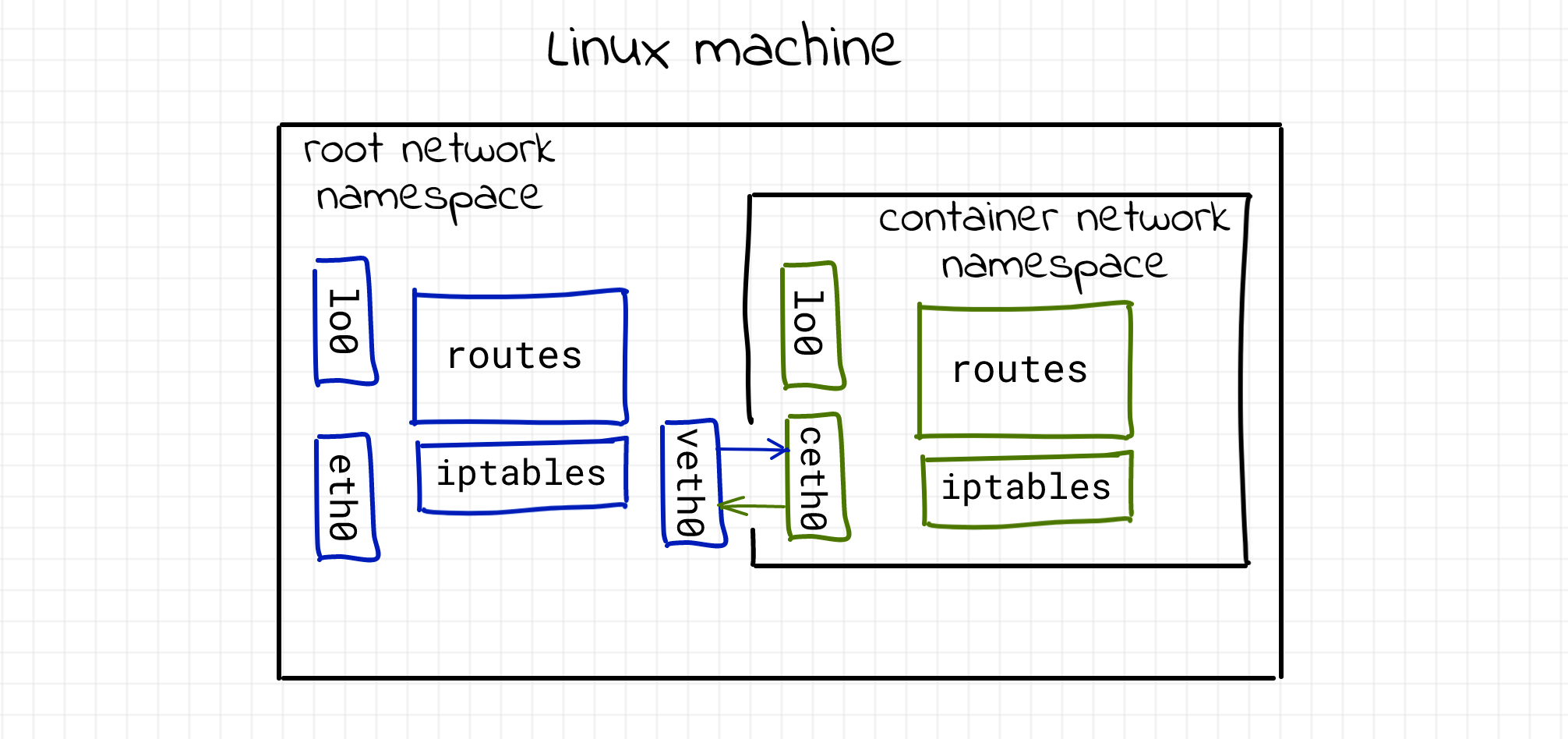
Ip or using type: 'dhcp' will give you a network on your % docker ps ±ĬONTAINER ID IMAGE COMMAND CREATED STATUS PORTS NAMESģ70f4e5d2217 196a06ef12f5 "tail -f /dev/null" 5 seconds ago Up 3 seconds 80/tcp, 443/tcp % docker exec 370f4e5d2217 ip addr ±ġ: lo: mtu 65536 qdisc noqueue state UNKNOWN group default qlen 1000 Most of the options work similar to other Vagrant providers. There are no more containers using the network. When destroying containers through Vagrant, Vagrant will clean up the network if If no subnet is requestedįor the network, Vagrant will connect the vagrant_network to the container. AnĮxample of these networks is shown later in this page. Where is the subnet for the network if defined by the user.


Vagrant names the networks inside docker as vagrant_network or vagrant_network_ Networks to the requested containers using the docker network connect for each Once these networks have been created, Vagrant will attach these

Networks share the same subnet, Vagrant will reuse that existing network for multipleĬontainers. With the provided options from the network config inside your Vagrantfile. Each docker network is groupedīy the subnet used for a requested ip address.įor each newly unique network, Vagrant will run the docker network create subcommand

Vagrant will do its best to create and manage networksįor any containers configured inside the Vagrantfile. Vagrant uses the docker network command under the hood to create and manage


 0 kommentar(er)
0 kommentar(er)
